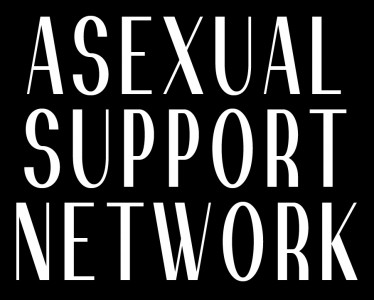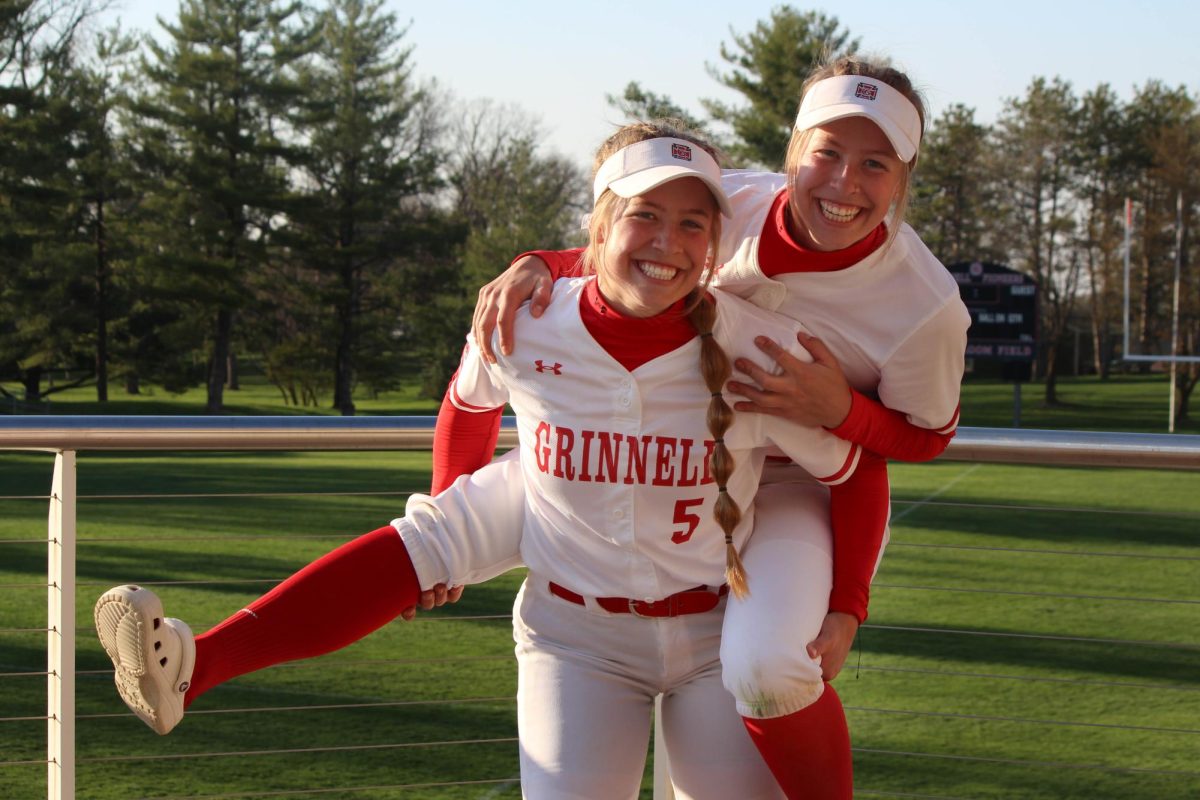Despite a preponderance of sex-related imagery appearing on campus—including the temporary installation last week of a mock bed signed by students in the JRC—not all students are having sex. Of course, some students are simply not finding compatible and mutually interested partners. But others are just too busy and some simply choose to abstain from having sex. However, there’s another possibility that has remained relatively absent from the discussion on sex at Grinnell: asexuality.
To that end, Molly Kraus-Steinmetz ’17 and Alex Anderson ’15 have founded a group to support students identifying as asexual and raise awareness about asexuality. The group had its first meeting this past Wednesday evening in the Stonewall Resource Center.
Despite a general lack of sexual attraction, those identifying as asexual are not anti-sexual. The presence or absence of sexual attraction to others positions one as allosexual, for those who feel sexual attraction, or asexual, for those who do not. Anderson explained further.
“Basically, an asexual person can be totally fine with how much sex everyone else has and be completely in support of [that], with consent,” he said. “But the asexual person just doesn’t feel sexual attraction towards people or might not want to have sex with anyone.”
In coming to identify as asexual, many have to grapple with psychotherapists, doctors and a society at large unwilling to accept a lack of sexual attraction as normal. They are often left, according to Anderson, with a feeling of “being broken or not good enough.”
Furthermore, medical professionals often recommend hormone therapy to ‘treat’ patients’ asexuality or write them off as late-bloomers. At other times, those identifying as asexual might have sex to prove their sexuality to themselves or someone may try to have sex with them to prove the same.
However, Kraus-Steinmetz noted that the concept of consent is “hazy” within the asexual community and not necessarily a focus of the group. Anderson adds that an asexual person might give consent only out of feelings of guilt, which can lead to coercion and manipulation.
Friends of Anderson at other schools have been envious of him for attending a school that allows such a group to exist.
“Their schools, for the most part, only have one queer group that is homonormative and gay and lesbian-focused; in a lot of ways Grinnell is just a lot more progressive,” he said.
The conversation about asexuality is also developing in sexuality studies and the LGBT community, according to Lakesia Johnson, Gender, Women’s and Sexuality Studies.
“I think there’s something about the way that we have approached these issues at Grinnell that makes it a more open place in general. Now, that doesn’t mean there might be tensions that emerge within … any group of diverse people,” she said.
“Just as we’ve learned to address variations in sexuality in terms of being lesbian, gay, bisexual, all those things, I think adding asexual is not shocking,” Johnson noted.
However, as Johnson said, the movement toward sexual freedom and LGBT rights has had to incorporate new identities throughout its history. Homonormativity once crowded out bisexuality, and transsexual identities have similarly lacked representation in the rainbow coalition.





























































